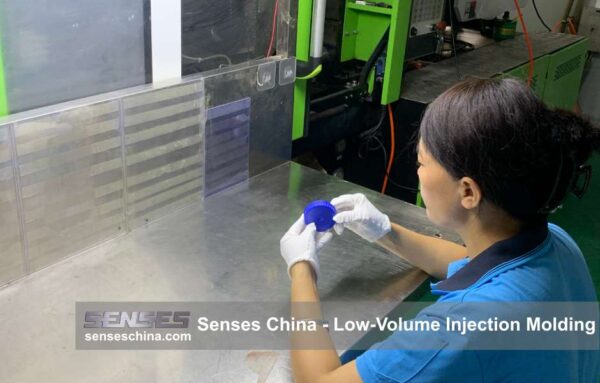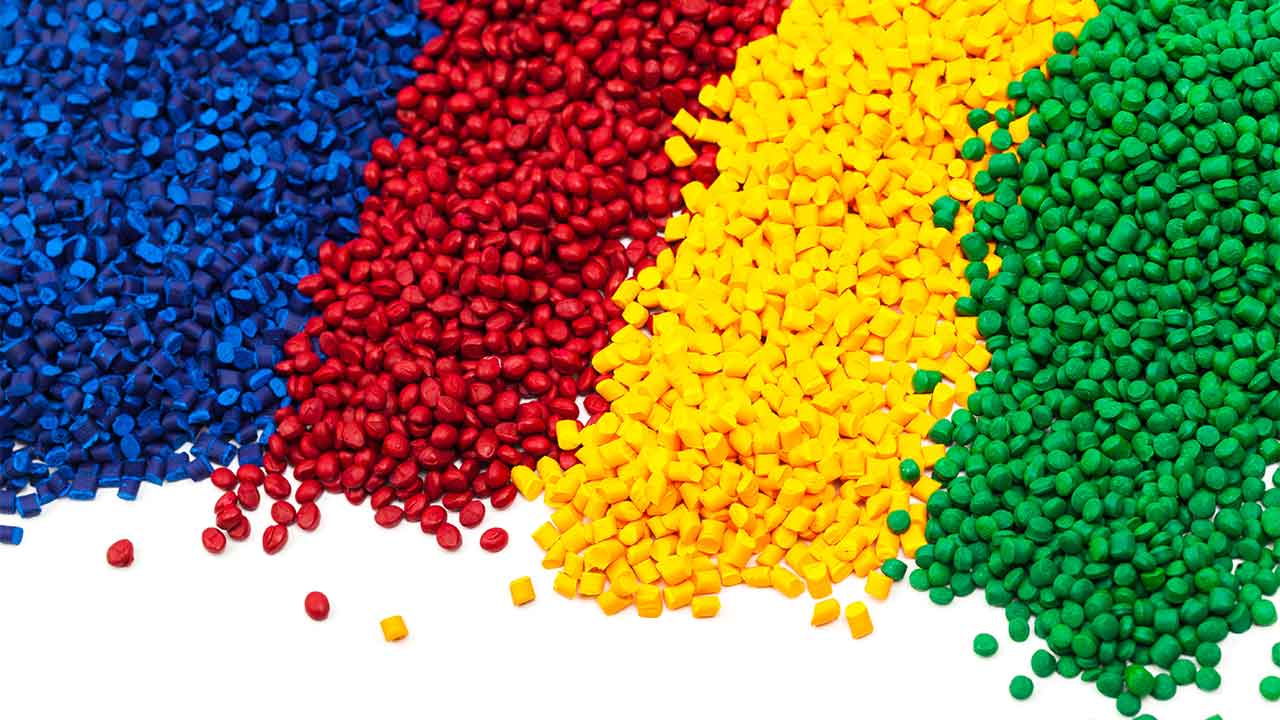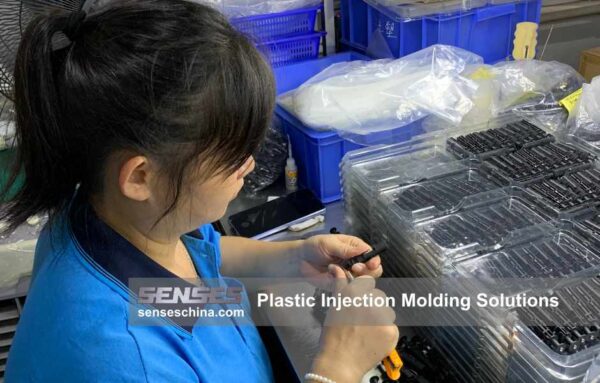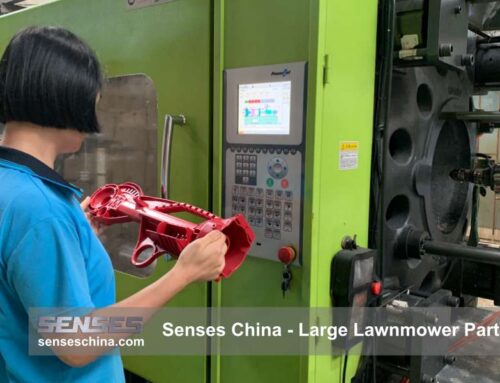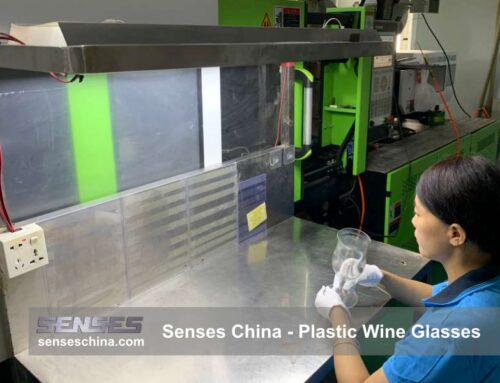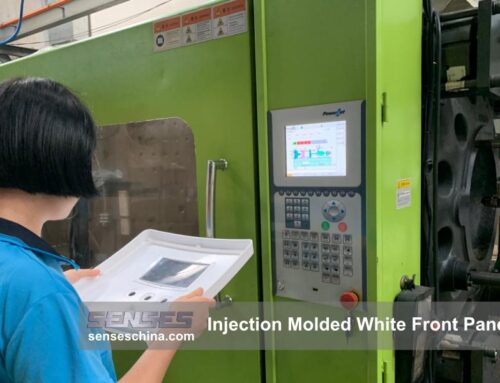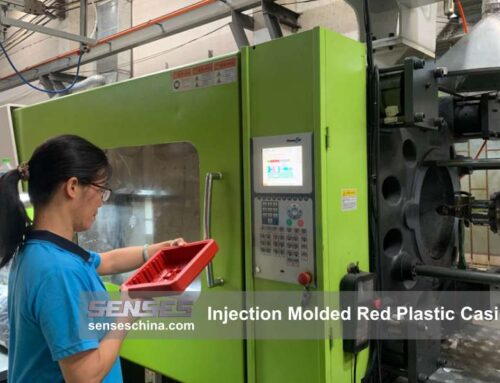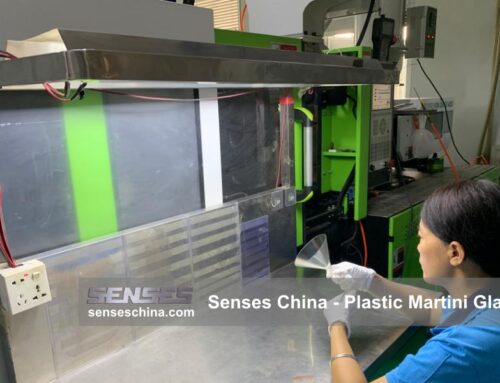In the world of manufacturing, production volume often dictates the methods and processes that companies use. Traditional injection molding has been a stalwart for large-scale production. However, what happens when you need fewer parts with the same precision and quality? This is where low-volume injection molding (LVIM) comes into play.
What is Low-Volume Injection Molding?
Low-volume injection molding refers to the process of producing a limited number of molded parts, typically ranging from tens to thousands, as opposed to mass production where numbers can soar into the millions. LVIM is ideal for prototyping, bridge tooling, or short-run production needs.
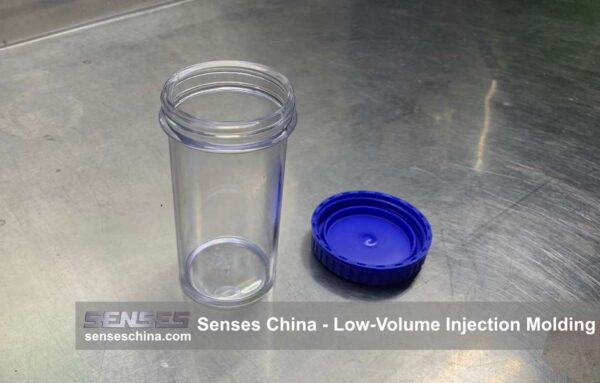
Why Opt for Low-Volume Injection Molding?
Injection molding stands out as a pivotal manufacturing technique, widely used to produce identical parts in large quantities. Traditionally, the substantial tooling costs of the durable metal molds required these high volumes to achieve cost-effectiveness. Yet, recent advancements in manufacturing and technology have paved the way for cost-effective rapid injection molding at reduced quantities, streamlining bridge tooling solutions.

Advantages of Low Volume Plastic Injection Molding:
- Flexibility: LVIM allows for frequent design modifications without significant downtime or costs.
- Speed: With less tooling involved, LVIM can offer faster turnaround times compared to traditional molding.
- Cost-Effective: Without the need for expensive and time-intensive molds, LVIM often leads to reduced upfront costs.
- Quality: Even in smaller quantities, the emphasis on quality remains paramount. Parts produced are consistent and of high quality.
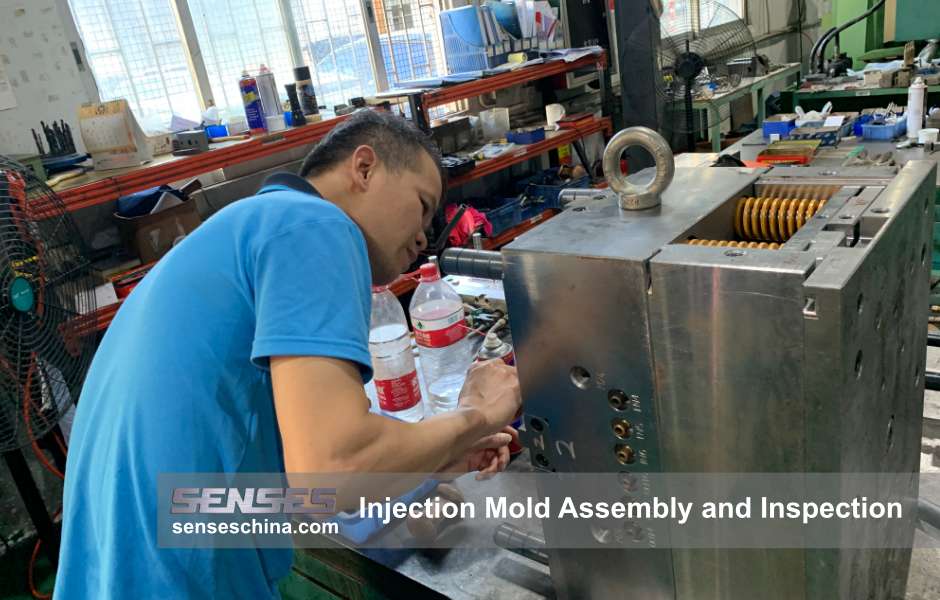 |
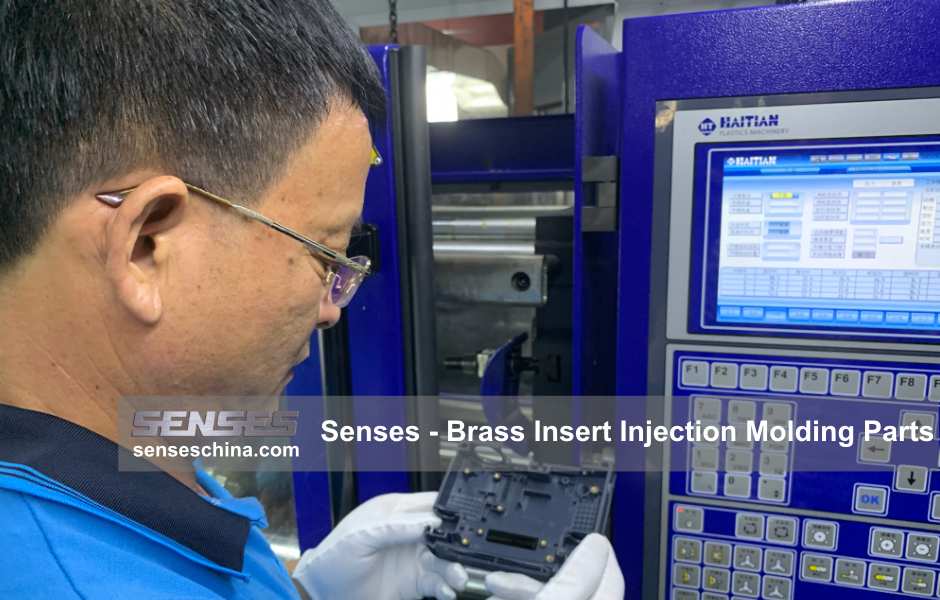 |
| learn more to contact us today! |
When to Use Low-Volume Injection Molding?
Navigating the complex world of manufacturing often hinges on selecting the appropriate production technique. Low-Volume Injection Molding (LVIM) emerges as a game-changer in certain contexts. Ideal for early-stage prototypes, market validation exercises, or interim phases between design conceptualization and full-scale production, LVIM strikes a balance between quality and efficiency.
- Prototyping: Perfect for testing the functionality of parts before mass production.
- Market Testing: Great for producing parts for market tests without committing to full-scale production.
- Bridge Production: Useful in bridging the gap between prototyping and mass production.
What Plastics Are Used In Injection Molding?
LVIM can work with a variety of materials, from thermoplastics like ABS, polycarbonate, and polypropylene to more specialized materials. The choice of material often depends on the desired properties of the final part.
The most common plastics used in low volume plastic injection molding are as follows:
- Acrylic (PMMA)
- Acrylonitrile Butadiene Styrene (ABS)
- Nylon (Polyamide, PA)
- Polycarbonate (PC)
- Polyethylene (PE)
- Polyoxymethylene (POM)
- Polypropylene (PP)
- Polystyrene (PS)
- Thermoplastic Elastomer (TPE)
- Thermoplastic Polyurethane (TPU)
Senses Injection Molding Service
Low-Volume Injection Molding is revolutionizing the way businesses approach manufacturing. With its emphasis on flexibility, speed, and quality, it’s no wonder more and more companies are opting for LVIM. If you’re considering LVIM for your next project, we at Senses are here to guide you every step of the way.
At Senses, we pride ourselves on offering top-tier injection molding services. Our advanced facilities and skilled professionals ensure each project is handled with the utmost care and precision. Whether you’re a startup looking for prototypes or an established company needing a short production run, we’ve got you covered.
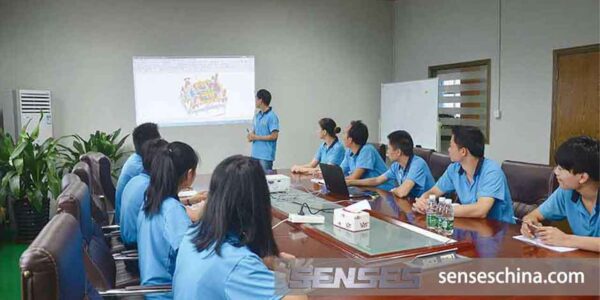
Interested in finding out more? Contact us to discuss your needs!

